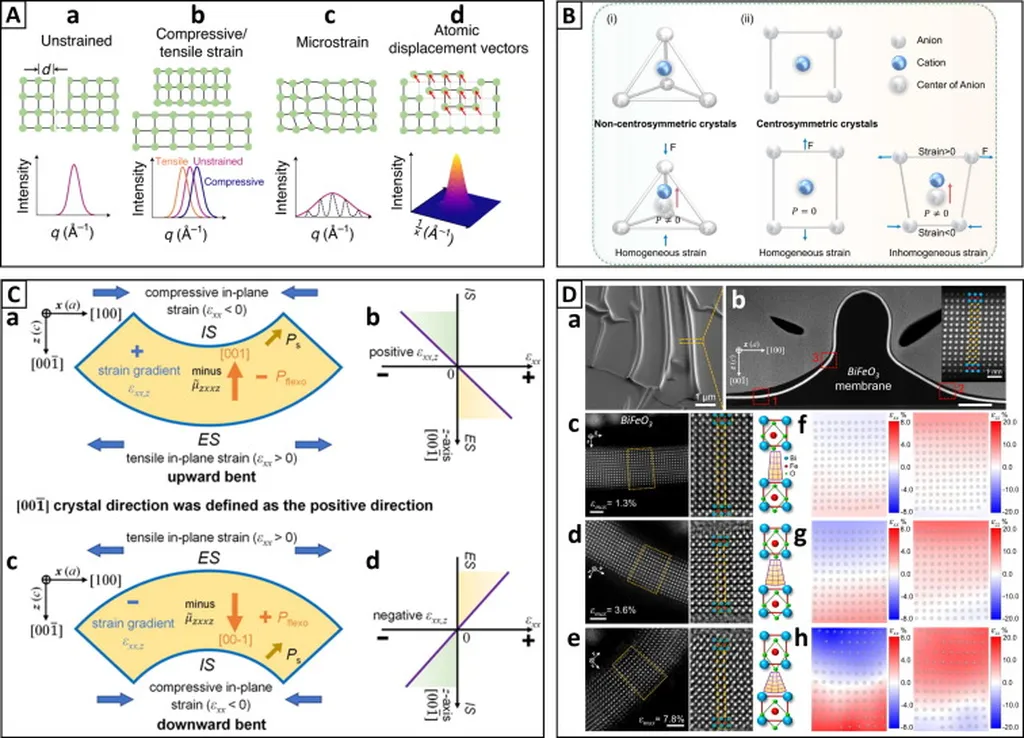In the world of composite materials, understanding how they behave under stress is crucial for their application in industries like aerospace and energy. A recent study published in the open-access journal ‘Composites Part C: Open Access’ (which translates to ‘Composites Part C: Open Science’) sheds new light on the compressive failure of composite laminates, challenging some long-held assumptions and offering insights that could reshape future designs.
The research, led by Tobias Bianchi from Université de Toulouse and Segula Aerospace & Defense, focused on the influence of stacking sequence on compressive failure. Bianchi and his team developed a pin-ended buckling test, inspired by the work of Michael Wisnom from 1992, to assess how strain gradients affect the compressive failure strain of composite laminates. The experiments were conducted on laminates made from unidirectional carbon/epoxy AS4/8552 prepregs, with full-field strain measurements obtained via digital image correlation.
One of the key findings of the study is that neither the thickness of the 0° ply nor the adjacent ply interface exerts a significant influence on the material’s compressive failure. This contradicts earlier models that predicted such effects. “Our results confirm the nonlinear character of the strain-gradient effect on compressive failure,” Bianchi explained. “However, the specific details of the stacking sequence, such as the thickness of the 0° plies or the nature of the adjacent ply interface, do not seem to play a major role in the failure strain.”
The study also compared scaled specimens—32-ply, 16-ply, and 8-ply—in both cross-ply and quasi-isotropic configurations. The results indicated that the compressive failure strain is primarily influenced by the strain gradient, rather than the specific details of the stacking sequence. This finding could have significant implications for the design and manufacture of composite structures in the energy sector, where weight savings and structural integrity are paramount.
For instance, in the wind energy industry, the blades of wind turbines are increasingly made from composite materials. Understanding how these materials behave under compressive stress can lead to more efficient and reliable designs. Similarly, in the oil and gas industry, composite materials are used in various applications, from pipelines to offshore structures. The insights gained from this study could help engineers optimize these designs for better performance and safety.
The research also highlights the importance of experimental validation in understanding the behavior of composite materials. “While theoretical models can provide valuable insights, they are not always able to capture the full complexity of real-world behavior,” Bianchi noted. “Our study underscores the need for careful experimental investigation to validate and refine these models.”
As the energy sector continues to evolve, the demand for advanced materials that can withstand extreme conditions while offering weight savings and cost efficiency will only grow. The findings of this study could pave the way for more innovative and robust designs, ultimately contributing to the development of more sustainable and efficient energy solutions.
In the broader context, this research is a testament to the ongoing efforts to push the boundaries of materials science. By challenging existing assumptions and exploring new avenues, scientists and engineers are continually expanding our understanding of the materials that shape our world. As Bianchi and his team continue their work, the insights they gain could have far-reaching implications for industries ranging from aerospace to energy, driving innovation and progress in these critical sectors.

